It seems like false starts are a hot topic lately, judging by the questions flooding my weekly Instagram Q&A. Maybe it’s Mercury in retrograde, or maybe everyone’s just having one of those weeks where sleep feels like… a dream?
What are false starts, anyways?
For those of you new to the sleep struggle, a false start is when you put your little one down for bed at their usual time, only to have them wake up a frustrating 30-60 minutes later. It’s like they mistook bedtime for a quick nap! These interruptions are particularly annoying because, let’s face it, those post-bedtime hours are precious.
So, why does it seem like your baby has a sixth sense for the exact moment you settle in to finally catch up on your favorite trashy TV show?
What Causes False Starts?
There are a number of things that can contribute to false starts. I’m delving into some of the most common reasons below:
Overtiredness
This is the arch-nemesis of restful sleep, for both babies and adults. When your little one doesn’t get enough sleep during the day or night (or both!), it can lead to overtiredness. Think of it like a sleep debt – the longer they go without enough sleep, the harder it is to catch up.
How does this translate to false starts? Overtiredness triggers the production of cortisol, a stress hormone that disrupts the natural sleep cycle. Instead of sinking into deep, restorative sleep, your baby gets stuck in a lighter, easily disrupted stage. If you’re unfamiliar with sleep cycles, check out my blog post for a deeper dive!
Your Bedtime Routine
Believe it or not, a lack of a consistent bedtime routine can be a major player in false starts. Kids thrive on structure and predictability. Think about it – routines help set expectations, from smaller things like dinner bells to bigger ones like getting ready for school.
A consistent bedtime routine does the same thing for sleep. It signals to your child’s brain that it’s time to wind down and prepare for sleep. The routine itself helps your little one differentiate between day and night, and triggers the production of sleep-inducing chemicals. Without a routine, your baby might be confused – is it nap time or bedtime?
Melatonin
Chances are you’ve heard about melatonin as a sleep aid. But did you know a lack of natural melatonin production can also contribute to false starts?
Melatonin is a hormone naturally produced in the body during darkness. Think back to those drowsy afternoons in school when the teacher dimmed the lights. The same principle applies to your baby. In our caveman days, with no artificial light, melatonin production synced perfectly with the setting sun.
Today, with screens and lights everywhere, melatonin production gets disrupted. Without sufficient melatonin, it becomes difficult for your baby to fall asleep and stay asleep.
Sleep Regressions
The ultimate sleep plot twist. Sleep regressions, those delightful developmental leaps, can also trigger false starts. During sleep, our brains do some serious housekeeping – processing information, consolidating memories, and even getting rid of unnecessary stuff.
This intense brain activity can cause a surge in energy, especially during the initial hours of sleep, leading to more restless sleep and false starts.
Okay, So how can I fix false starts?
Just like everything else in the sleep word, false starts are usually just temporary! In the meantime, here are some of my best tips:
- Adjust Your Schedule: If overtiredness is the culprit, try putting your baby down for bed a little earlier (and I know what you’re thinking, but no – an earlier bedtime will not cause an earlier waking if your baby truly needs the excess sleep). You can also find a way to squeeze some extra sleep in the day, like offering an evening catnap.
- Craft a Bedtime Routine: Establishing a consistent bedtime routine will help provide predictability and prevent your child from confusing bedtime with nap time. Consistency is key!
- Kill the Lights: Turn off electronics and bright lights well before bedtime to help encourage natural melatonin production.
- Weather the Sleep Storm: Sleep regressions are temporary. Stick to your routine and offer comfort when necessary during these challenging phases.
Remember, every baby is different, so what works for one might not work for another. Be patient, experiment, and don’t hesitate to reach out for personalized guidance.
I promise, sweeter dreams are on the horizon!









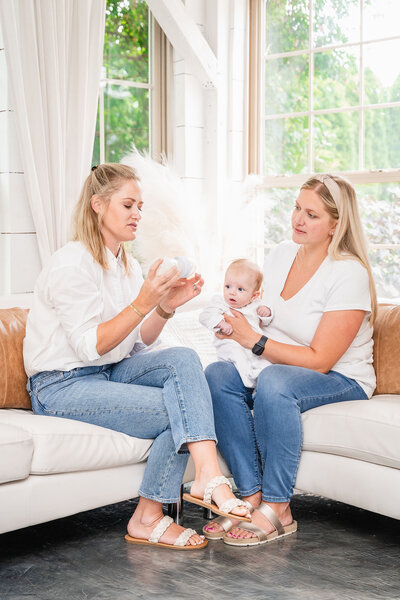
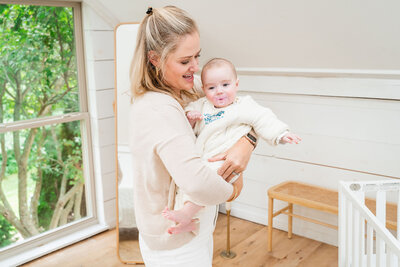


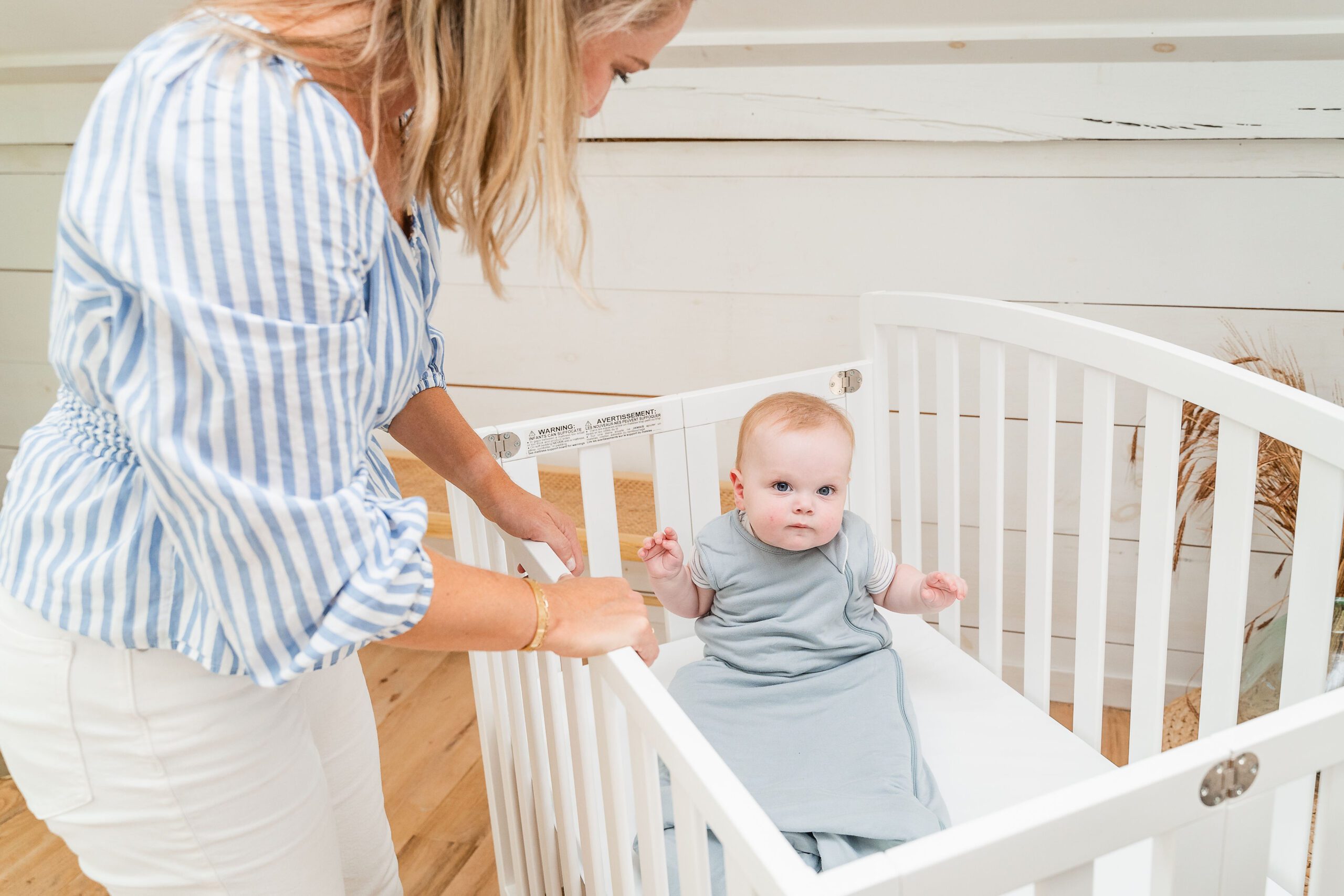







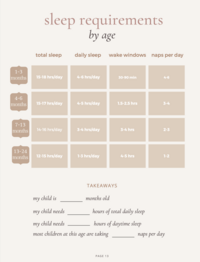
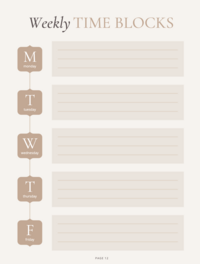
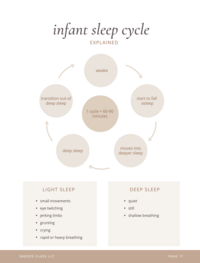



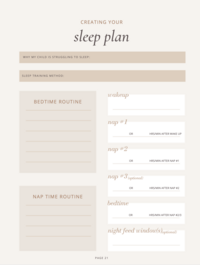

Read the Comments +